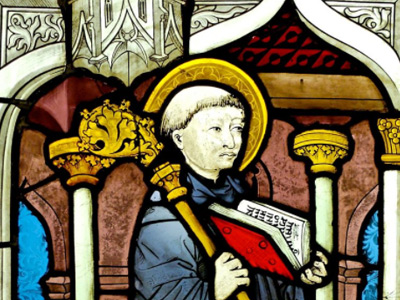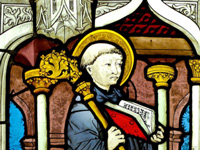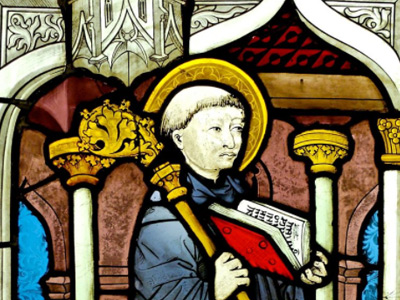Second Crusade (1147–1149)

Reconquista and the Fall of Lisbon
In the spring of 1147, the Pope authorized the expansion of the crusade into the Iberian peninsula, in the context of the Reconquista. He also authorized Alfonso VII of León and Castile to equate his campaigns against the Moors with the rest of the Second Crusade. In May 1147, the first contingents of crusaders left from Dartmouth in England The Kingdom of England was a sovereign state on the island of Great Britain from about 927, when it emerged from various Anglo-Saxon kingdoms, until 1 May 1707, when it united with Scotland to form the Kingdom of Great Britain. The Viking invasions of the 9th century upset the balance of power between the English kingdoms, and native Anglo-Saxon life in general. The English lands were unified in the 10th century in a reconquest completed by King Æthelstan in 927. for the Holy Land. Bad weather forced the ships to stop on the Portuguese coast, at the northern city of Porto on 16 June 1147. There they were convinced to meet with King Afonso I of Portugal.
The Kingdom of England was a sovereign state on the island of Great Britain from about 927, when it emerged from various Anglo-Saxon kingdoms, until 1 May 1707, when it united with Scotland to form the Kingdom of Great Britain. The Viking invasions of the 9th century upset the balance of power between the English kingdoms, and native Anglo-Saxon life in general. The English lands were unified in the 10th century in a reconquest completed by King Æthelstan in 927. for the Holy Land. Bad weather forced the ships to stop on the Portuguese coast, at the northern city of Porto on 16 June 1147. There they were convinced to meet with King Afonso I of Portugal.
The crusaders agreed to help the King attack Lisbon, with a solemn agreement that offered to them the pillage of the city's goods and the ransom money for expected prisoners. The Siege of Lisbon lasted from 1 July to 25 October 1147 when, after four months, the Moorish rulers agreed to surrender, primarily due to hunger within the city. Most of the crusaders settled in the newly captured city, but some of them set sail and continued to the Holy Land. Some of them, who had departed earlier, helped capture Santarém earlier in the same year. Later they also helped to conquer Sintra, Almada, Palmela and Setúbal, and they were allowed to stay in the conquered lands, where they settled down and had offspring.
Elsewhere on the Iberian peninsula, almost at the same time, Alfonso VII of León, Ramon Berenguer IV, Count of Barcelona, and others led a mixed army of Catalans, Leonese, Castilians and French The Kingdom of France is the historiographical name or umbrella term given to various political entities of France in the medieval and early modern period. It was one of the most powerful states in Europe since the High Middle Ages. It was also an early colonial power, with possessions around the world. Colonial conflicts with Great Britain led to the loss of much of its North American holdings by 1763. The Kingdom of France adopted a written constitution in 1791, but the Kingdom was abolished a year later and replaced with the First French Republic. crusaders against the rich port city of Almería. With support from a Genoese–Pisan navy, the city was occupied in October 1147.
The Kingdom of France is the historiographical name or umbrella term given to various political entities of France in the medieval and early modern period. It was one of the most powerful states in Europe since the High Middle Ages. It was also an early colonial power, with possessions around the world. Colonial conflicts with Great Britain led to the loss of much of its North American holdings by 1763. The Kingdom of France adopted a written constitution in 1791, but the Kingdom was abolished a year later and replaced with the First French Republic. crusaders against the rich port city of Almería. With support from a Genoese–Pisan navy, the city was occupied in October 1147.
Ramon Berenger then invaded the lands of the Almoravid taifa kingdom of Valencia and Murcia. In December 1148, he captured Tortosa after a five-month siege again with the help of French, Anglo-Normans and Genoese crusaders. The next year, Fraga, Lleida and Mequinenza in the confluence of the Segre and Ebro rivers fell to his army.
HISTORY

RESOURCES
This article uses material from the Wikipedia article "Second Crusade (1147–1149)", which is released under the Creative Commons Attribution-Share-Alike License 3.0.
© Stories Preschool. All Rights Reserved.






